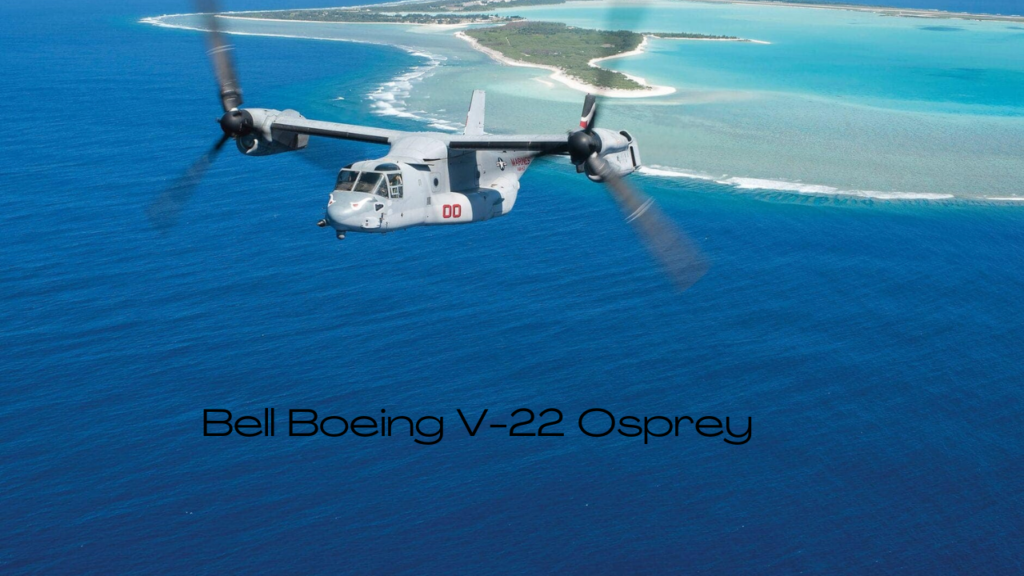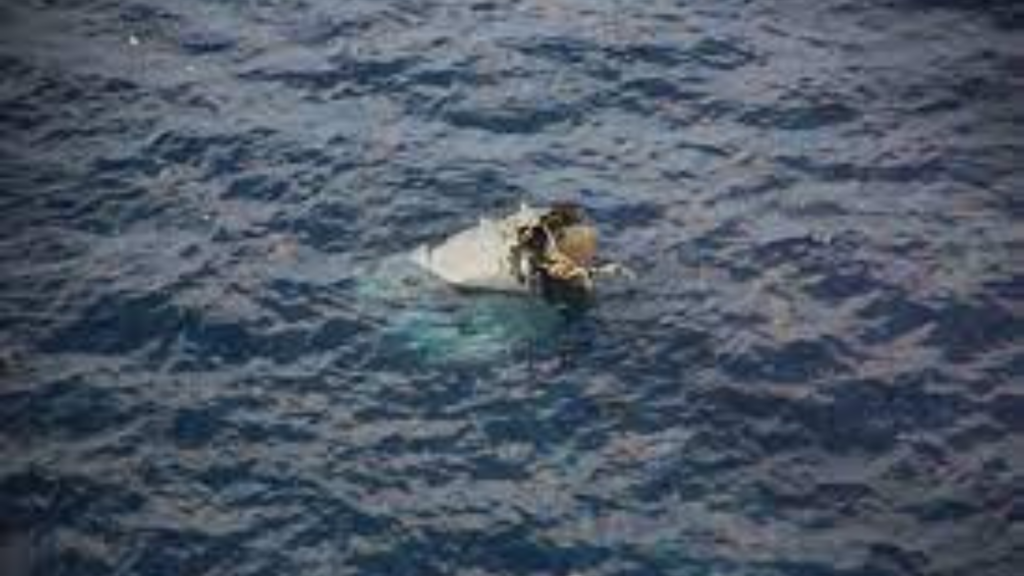
Details of the Bell Boeing V-22 Osprey Crash:
The wreckage of the Bell Boeing V-22 Osprey and the body of one deceased crew member were found approximately 3 km from Yakushima island, a picturesque locale known for its World Heritage-accredited wildlife and forests. It’s reported that another Osprey managed to land safely at the island’s airport around the time of the crash. The U.S. forces in the region are currently gathering information about the incident.

Response and Investigation:
Japan’s coast guard corrected the initial announcement of eight individuals on board to six. The Japanese government, which also operates Boeing V-22 Osprey aircraft, has expressed no immediate plans to ground the aircraft but has requested the U.S. military to conduct a thorough investigation into the crash. This tragic event follows previous controversies surrounding the deployment of Osprey aircraft in Japan, with critics raising concerns about their safety and a history of accidents.
Controversies Surrounding Osprey Deployment:
The Osprey, developed jointly by Boeing and Bell Helicopter, is a unique aircraft that can operate as both a helicopter and a fixed-wing aircraft. It is utilized by the U.S. Marines, U.S. Navy, and the Japan Self-Defense Forces. However, its deployment in Japan has been met with skepticism and opposition. Critics argue that the Osprey is prone to accidents, citing previous incidents such as the crash off the coast of northern Australia in August, which resulted in the death of three U.S. Marines. Another Osprey crash-landed off Japan’s southern island of Okinawa in December 2016, leading to a temporary U.S. military grounding of the aircraft.
The Boeing V-22 Osprey, which is manufactured by Boeing and Bell Textron, both American aerospace companies, is a unique aircraft that can take off and land vertically. The CV-22s, which are operated mainly by the Air Force, have been stationed at Yokota Air Base in Japan since 2018.
Itsunori Onodera, a former defense minister and current lawmaker, posted on X, formerly Twitter, that the crash was “a worrying matter.”
“We have requested the Ministry of Defense and the Japan Coast Guard to do their best to rescue the aircraft,” he wrote, adding, “First of all, we must rescue the crew and request a safe flight. I hope the crew will be rescued soon.”
Conclusion:
As the investigation into the crash unfolds, the tragic incident serves as a somber reminder of the risks associated with military operations, particularly in technologically advanced yet complex aircraft like the Osprey. The loss of life and the uncertainties surrounding the conditions of the remaining crew members cast a shadow over the already contentious history of Osprey deployment in Japan. The international community awaits the results of the investigation, hoping for clarity on the circumstances that led to this heartbreaking event. In times of tragedy, questions about the safety protocols, training, and overall viability of military equipment become even more pressing, emphasizing the need for continuous scrutiny and improvement in the interest of both national and global security.